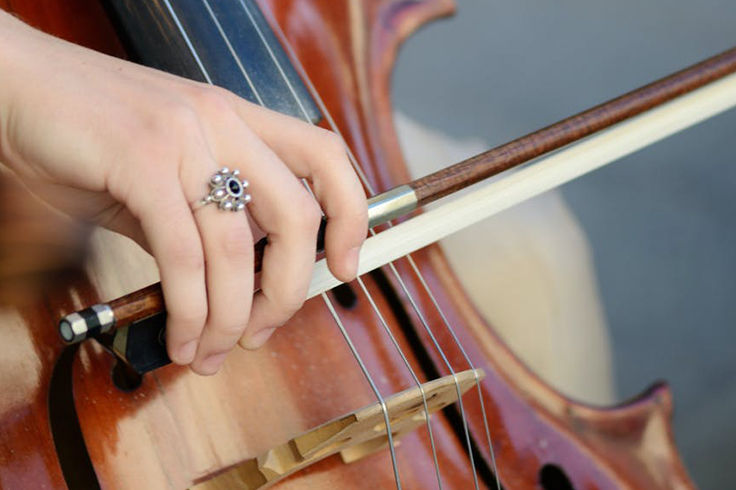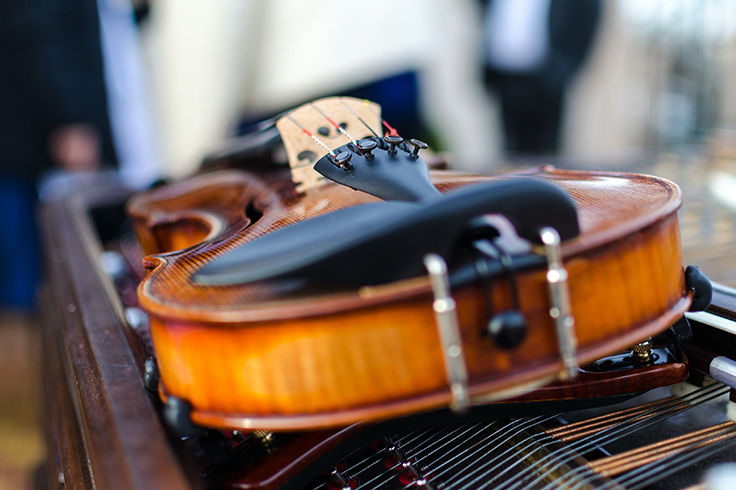- stradivaristringss
- 22 hours ago
- 2 min read
If you have always wanted to become a violinist as an adult, you might have heard several misconceptions. However, if you are sure that you want to become a great violinist, the first and foremost thing is to look for the best online violin lessons. Many adults think that online lessons might not be a valuable choice, but they are absolutely wrong. There are a number of advantages for adults when choosing the best online violin lessons, including the advantages of these online lessons.

Convenience and Flexibility: Opting for the best online violin lessons provides unparalleled convenience and flexibility for adult learners. You can access your lessons from the comfort of your own home or any location with an internet connection. This flexibility allows you to fit your violin practice into your busy schedule, making it easier to pursue your passion for music while juggling other responsibilities.
Wide Range of Teachers: The best platforms for online violin lessons frequently feature a wide range of teachers from all over the world. You can pick a teacher whose teaching style and experience match your learning preferences and objectives thanks to this selection. You have access to a global talent pool because you are not restricted to local options.
Cost-Effective Learning: Online violin lessons can be cost-effective compared to traditional in-person lessons. You can often find competitive pricing and even subscription-based models that offer unlimited access to lessons and resources. This affordability makes it an attractive option for adult learners looking for high-quality instruction without breaking the bank.
Personalized Instruction: Numerous platforms for online violin lessons offer individualized instruction. You can choose lessons tailored to your skill level, whether you're a beginner, intermediate, or advanced player. This individualised approach ensures that you're continually challenged and progressing at your own pace.
Video and Multimedia Resources: The best online violin lessons incorporate multimedia resources such as video tutorials, practice exercises, and sheet music. These supplementary materials enhance your learning experience by providing visual and auditory aids, making it easier to grasp complex techniques and concepts.

Access to a Global Community: Online violin lessons connect you to a global community of fellow adult learners. You can interact with and seek advice from peers worldwide, fostering a sense of camaraderie and support. This community aspect can be motivating and inspiring as you embark on your musical journey.
No Geographic Limitations: Best online violin lessons remove geographical barriers. You're not restricted to finding an instructor in your vicinity, which can be particularly advantageous if you live in a remote area or lack access to local music schools. You can learn from the best instructors, regardless of where they are located.
Self-Paced Learning: Online lessons allow for self-paced learning. As an adult learner, you have the autonomy to revisit lessons, practice at your own speed, and delve deeper into specific topics that interest you. This level of control over your learning process is empowering and conducive to long-term success.
If you want to get the advantage of choosing the best online violin lessons, you need to choose the right institution. Stradivari Strings is the name of one such a music Institution with great knowledge and instructors.





